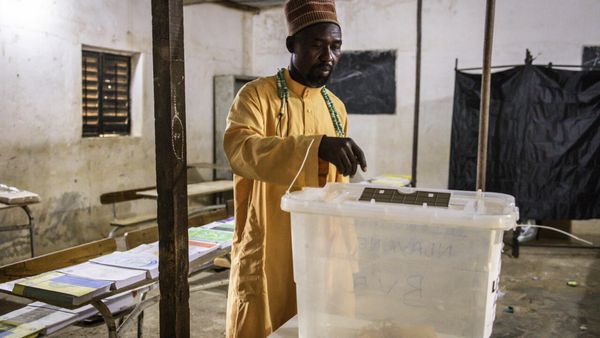
Hyundai Ioniq 5 is one of the most talented current EVs and it’s also proving very popular around the world, including in the US. However, if you want to order one now, you will have to pay slightly more than a week ago as Hyundai has announced a 3.6 percent price increase across its entire Ioniq 5 range.
This means the base price for an Ioniq 5 in the US (with the $1,295 destination charge factored in) is $42,745, or about $1,500 more than before. If you want the Ioniq 5 SE model with the larger battery pack and more range, that now starts at $46,795.
Gallery: 2022 Hyundai Ioniq 5 (US)







The only trim level that incurs a smaller price bump is SEL, which only goes up by around $1,200, so the starting price for an Ioniq 5 SEL is now $46,250. For the top of the range Ioniq 5 Limited all-wheel drive, the new price is $57,795, or around 2.7 percent higher than the previous price tag of $56,295.
It’s also worth noting that because its final assembly is not carried out in the United States, the Hyundai Ioniq 5 is no longer eligible for the $7,500 federal tax credit that was a big draw for many buyers. So between the price increase and no federal help, from a buyer’s standpoint the Hyundai crossover can be by as much as $9,000 more expensive than before and this surely will have an effect on the model’s popularity.
Other vehicles that no longer qualify for the modified Tax Credit requirements (because they assembled overseas) are the BMW i4, the Kia EV6, as well as the Toyota bZ4X. And starting in 2024, if EVs contain materials sourced from “foreign entities of concern,” like China or Russia, these EVs will not be eligible the $7,500 incentive.
Hyundai will try to work around this by building EVs in the United States, though, in a new factory it plans to erect in the state of Georgia where it expects to invest around $5.5-billion. Construction on the new facility will begin next year and the first vehicles should roll off its production line in 2025. The plant will build a wide range of EVs for the US market, including commercial vehicles, and it will have a capacity of 300,000 vehicles annually.







